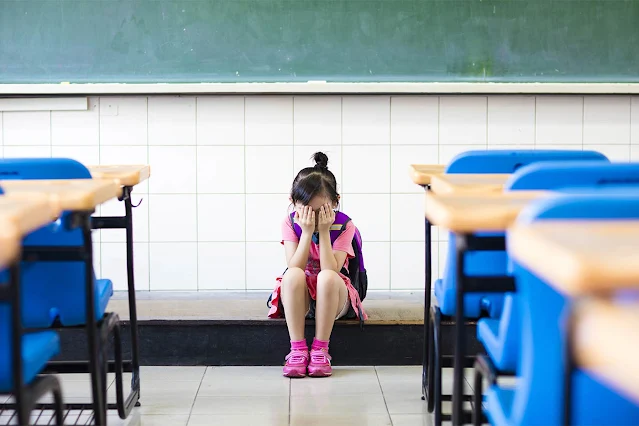Introduction
The first day of school is a monumental milestone in a child's life. It marks the beginning of their formal education journey and can evoke a wide range of emotions. One common phenomenon observed by teachers, parents, and researchers is that children often cry simultaneously during their first day at school. This seemingly synchronized emotional response has piqued the interest of psychologists and educators alike. In this article, we will explore the reasons behind why children cry together on their first day of school.
1. Separation Anxiety
One of the primary reasons for children crying on the first day of school is separation anxiety. Many children have never experienced extended periods away from their parents or caregivers. The abrupt separation can trigger feelings of fear and distress. According to Bowlby's attachment theory (1969), children form strong emotional bonds with their primary caregivers, and being separated from them can lead to anxiety and tears.
2. Fear of the Unknown
The first day of school is full of unknowns for children. They are introduced to a new environment, new teachers, and new classmates. The fear of the unknown can be overwhelming, leading to tears as a way of expressing their uncertainty and discomfort.
3. Peer Influence
Children are highly sensitive to social cues, and the sight of one child crying can trigger a cascade of tears among their peers. This phenomenon is known as emotional contagion, where one person's emotions can influence and spread to others in close proximity (Hatfield et al., 1994).
4. Coping Mechanism
Crying can be a coping mechanism for children when faced with unfamiliar and challenging situations. It serves as a way to release built-up tension and stress. Crying can also elicit empathy and support from teachers and classmates, providing comfort during this emotional transition.
Conclusion
The simultaneous crying of children on their first day of school is a complex interplay of emotions and social dynamics. Separation anxiety, fear of the unknown, peer influence, and coping mechanisms all contribute to this shared emotional experience. Recognizing these factors can help educators and parents better support children as they navigate this important milestone in their lives.
References:
- Bowlby, J. (1969). Attachment and Loss: Vol. 1. Attachment. Hogarth Press.
- Buss, D. M. (2007). Evolutionary psychology: The new science of the mind. Pearson.
- Hatfield, E., Cacioppo, J. T., & Rapson, R. L. (1994). Emotional contagion. Cambridge University Press.
- Eisenberg, N., & Fabes, R. A. (1992). Emotion, regulation, and the development of social competence. In M. S. Clark (Ed.), Emotion and social behavior (pp. 119-150). American Psychological Association.


Post a Comment
Full Name :
Adress:
Contact :
Comment: